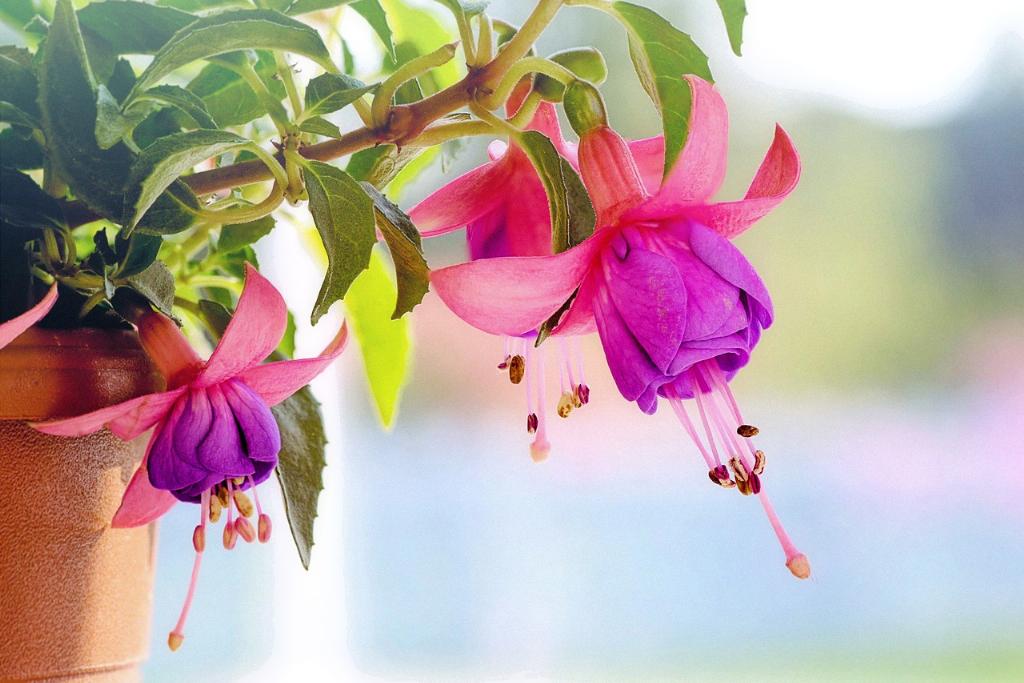When it comes to maximizing space in your garden or creating a stunning vertical display, growing plants on a fence can be a fantastic solution. By utilizing the vertical space provided by a fence, you can cultivate a variety of vines, vegetables, and flowers that not only add beauty to your outdoor space but also increase your overall yield.
Choosing the Right Plants
Before you start growing plants vertically on your fence, it’s important to choose the right types of plants that are well-suited for vertical growth. Vining plants such as beans, cucumbers, peas, and certain types of flowers are excellent choices as they can be easily trained to grow upwards.
Using Pots and Containers
One method of growing plants vertically on a fence is by placing pots and containers at the base of the fence. You can plant your chosen vining plants in containers and let them climb up the fence, using it as a natural support system. This not only saves space but also creates a visually appealing green wall.
Utilizing Window Boxes
Another creative way to grow plants vertically on a fence is by installing window boxes at the top of the fence. These window boxes can be filled with trailing vines or flowers that cascade down the fence, adding a touch of beauty and elegance to your outdoor space.
Constructing Planting Boxes
If you have a larger fence or want to create a more permanent vertical planting solution, consider constructing planting boxes or beds along the length of the fence. These boxes can be filled with soil and various plants that will thrive in a vertical growing environment.
Ensuring Proper Support
When growing plants vertically on a fence, it’s crucial to ensure that the plants have adequate support as they climb. Consider installing trellises, stakes, or other support structures to help guide the vines and prevent them from becoming tangled or weighed down.
Providing Adequate Water and Sunlight
Just like plants grown in traditional garden beds, plants growing vertically on a fence require sufficient water and sunlight to thrive. Make sure to water your plants regularly, especially during hot weather, and position them in a location that receives adequate sunlight throughout the day.
Maintaining Your Vertical Garden
Regular maintenance is key to ensuring the success of your vertical garden on a fence. Monitor your plants for any signs of pests or diseases, and promptly address any issues that may arise. Prune your plants as needed to promote healthy growth and prevent overcrowding.
Harvesting Your Vertical Garden
One of the most rewarding aspects of growing plants vertically on a fence is being able to harvest fresh produce or flowers right from your own backyard. As your plants mature, regularly harvest fruits, vegetables, or flowers to enjoy in your meals or arrangements.
Enhancing Your Outdoor Space
By incorporating vertical gardening techniques on your fence, you can transform your outdoor space into a lush and vibrant oasis. The vertical greenery not only adds visual interest but also helps create a more sustainable and eco-friendly environment.
Experimenting with Different Varieties
Don’t be afraid to get creative and experiment with different plant varieties and arrangements when growing plants vertically on a fence. Mix and match different colors, textures, and heights to create a unique and personalized vertical garden that reflects your own style and preferences.
Enjoying the Benefits
Whether you’re looking to maximize space, enhance the aesthetics of your outdoor area, or simply enjoy the satisfaction of growing your own plants, growing vertically on a fence can open up a world of possibilities. Embrace the process, enjoy the journey, and savor the fruits of your labor in your very own vertical garden.

